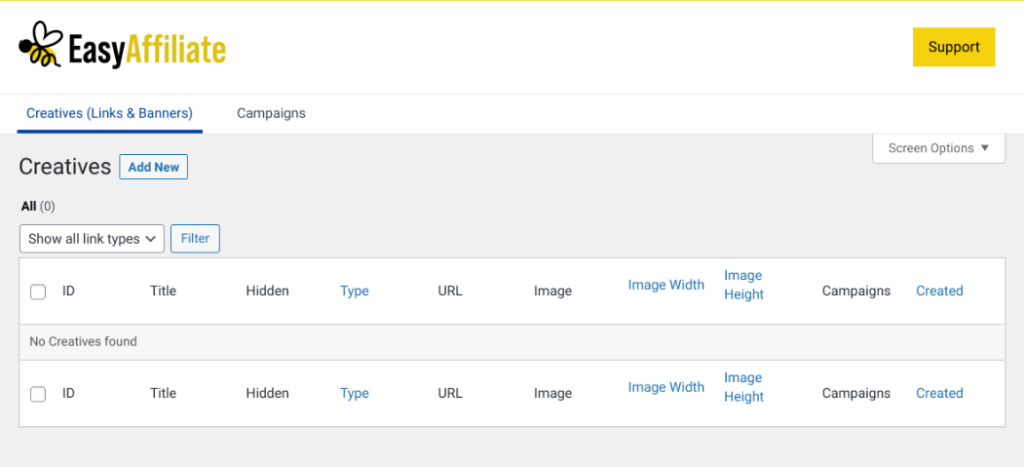Table of Contents
Referral marketing can be very effective. Customers spreading the word about your business to their families and friends can provide social proof from trusted sources. Unfortunately, it may not always happen as often as you'd like.
This is why we recommend building a solid referral marketing strategy. It can increase the chances of your shoppers telling their friends about your company and driving more customers to your site.
In this post, we'll briefly explain what referral marketing is and why it's beneficial. Then we'll explain the process of building an effective strategy. Let's jump in!
An Introduction to Referral Marketing
If you're unfamiliar, referral marketing is when customers recommend your products or services to family and friends based on their positive experiences.
There are many reasons to add referral marketing to your arsenal. In addition to being incredibly powerful, it's also cost-effective.
Research has shown that 90% of consumers trust recommendations from people they know rather than strangers. Additionally, referred customers tend to be more loyal with higher profit margins.
Also called “word-of-mouth marketing”, referrals can happen organically. However, that isn't always the case.
Sometimes, you'll have to encourage customers to spread the word about your offerings. You might need to offer incentives to see real results from referral marketing.
Furthermore, a handful of referral marketing systems and tools can help you automate the process. They can streamline your lead generation and expand your customer base. We'll explain these concepts more in the next section.
How to Build an Effective Referral Marketing Strategy (In 4 Steps)
Now that you understand more about referral marketing, let's see how you can use it. Here are four steps to build an effective referral marketing strategy!
Step 1: Determine Your Referral Program's Rewards System
If you want to increase the chances of satisfied customers spreading the word about your product(s), it's wise to build a referral program with rewards-based incentives. What can you offer consumers who refer other people to your brand?
Some popular options include:
- Free products
- Discounts or coupons
- Early access to new features
- Premium memberships or subscriptions
- Free downloads
You can also choose a single or double-rewards system. In a single system, only the referred customer gets an incentive. By contrast, both the referred and referee receive benefits in double-reward setups.
Overall, we recommend using double-sided rewards. A 2020 report found that most participants expect them from their referral programs.
For example, take Carvana's referral program:

The car retailer gives $500 off a Carvana purchase to referred friends. The customer who refers someone also gets a $100 check.
We recommend using software to create a seamless and smooth referral program. Automation can make it easier for customers to join the program and generate URLs to refer friends and family.
This software also makes it easier for you to track conversions. We'll dive into that more in a moment.
Step 2: Create a Shareable Experience
Ideally, your customers will love your products enough to rave about them to other people. However, we suggest creating shareable experiences as part of your referral marketing strategy to make it easier for consumers.
Some brands use packaging to create an engaging and exciting “unboxing” experience. It can facilitate video opportunities for consumers to share on their social media profiles, including Instagram or YouTube:

You can also make it easier for customers to recommend and share information about your brand by supplying them with resources and assets.
For example, our Easy Affiliate plugin includes a full-featured platform for managing links and banners for affiliates and referral partners:

Your partners can easily share these creative assets with other people. As such, they can link back to your site in exchange for rewards.
You can also ask for reviews and referrals directly on your website or in post-purchase follow-up emails. Then, prompt customers to share their positive experiences on social media. Presenting customers with convenient ways of sharing their feedback can help you generate buzz around your products and brand.
Step 3: Connect With Influencers in Your Niche
Another way you can strengthen your referral marketing strategy is to partner with influencers in your niche. People often turn to influencers and social media for product recommendations.
If you can work with influencers with relatively large followings, consumers might positively perceive your brand. Customers may also be more likely to recommend your products to friends.
Brand deals with prominent influencers can be costly. However, you can focus on a smaller scale by targeting micro-influencers or bloggers in your field.
You can use BuzzSumo to do so:

On BuzzSumo, you can search for topics and keywords related to your company or products. Then you can find marketers or publishers with highly-shared content.
Sometimes this process can be as simple as reaching out to someone with a following that overlaps with your target audience. Then, you can ask the influencer to refer people based on the free products that you send them.
Step 4: Use an Automated Referral System
As your referral marketing program grows, you'll want to automate as many aspects of it as possible. Automation can help you minimize errors and streamline processes to benefit you and your partners.
Using referral software and marketing tools can simplify managing all aspects of the referral program.
As we mentioned, Easy Affiliate lets you create referral codes and assets that your partners can use for promoting and recommending your products:

You can use our plugin for custom link generation and commission tracking. You can also integrate it with other powerful plugins to create and manage your referral marketing program, including MonsterInsights, Formidable Forms, and ActiveCampaign.
Conclusion
Referral marketing can be a low-cost yet effective way to generate leads and grow your customer base. However, to ensure the success of this strategy, it's essential to start with a plan.
In this post, we covered four steps for building an effective referral marketing strategy:
- Determine your referral program rewards system.
- Create a shareable experience.
- Connect with influencers in your niche.
- Use an automated referral system such as Easy Affiliates.
Do you have any questions about building a referral marketing strategy? Let us know in the comments section below!
If you liked this article, follow us on Twitter, Facebook, Pinterest, and LinkedIn. And don't forget to subscribe to our newsletter



Wow this is so full of information that explains everything in detail. Thanks for this. I never knew I could put my affiliate links in so many places.